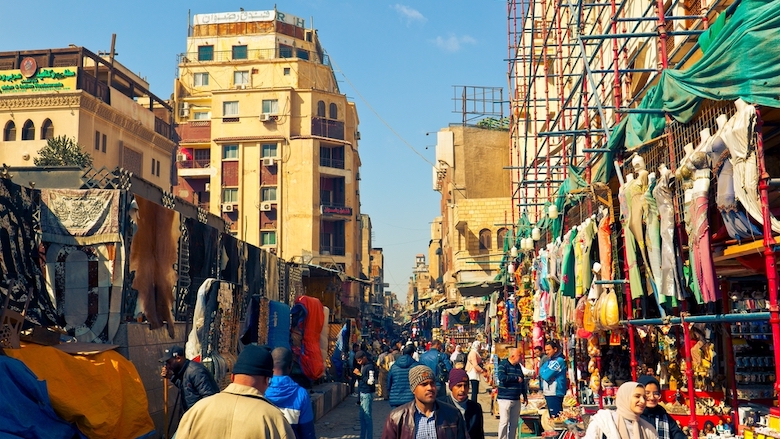While GDP is subdued in 2024, accelerating reforms would spur inclusive growth

WASHINGTON, USA 18 October 2024-/African Media Agency (AMA)/– Growth continues to be subdued in the Middle East and North Africa (MENA) because of uncertainties heightened by the conflict in the region, says the World Bank in its latest semi-annual MENA Economic Update, entitled Growth in the Middle East and North Africa.
The report forecasts the region’s overall gross domestic product (GDP) growth to rise modestly to 2.2 percent in 2024 in real terms, up from 1.8 percent in 2023. This uptick is driven by Gulf Cooperation Council (GCC) countries, where growth is projected to rise from 0.5 percent in 2023 to 1.9 percent in 2024. In the rest of MENA, growth is expected to decelerate. Oil importers’ growth is forecast to slow from 3.2 percent in 2023 to 2.1 percent in 2024, and that of non-GCC oil exporters to decline from 3.2 percent to 2.7 percent.
The report uses an innovative measure – the dispersion of views amongst private sector forecasters – to gauge levels of uncertainty. By this measure, economic uncertainty in MENA is currently twice the average of other emerging markets and developing economies worldwide.
The ongoing conflict in the Middle East has already inflicted a heavy human and economic toll. The Palestinian territories are nearing economic collapse, with their largest economic contraction on record. Gaza’s economy shrank by 86 percent in the first half of 2024 and the West Bank is facing an unprecedented fiscal and private sector crisis. In conflict-affected Lebanon, the outlook remains highly uncertain and will be shaped by the trajectory of the conflict. Meanwhile, other neighboring countries like Jordan and Egypt have been affected by declines in tourism receipts and fiscal revenues.
Conflict casts a long shadow on the development trajectories of countries. The report estimates that GDP per capita in conflict-affected countries in MENA could have been on average 45 percent higher, measured seven years after the onset of conflict. Such a loss is equivalent to the average progress made by the region over the last 35 years.
“Peace and stability are the foundation of sustainable development,” said Ousmane Dione, World Bank Vice President for the Middle East and North Africa. “The World Bank Group is committed to remaining engaged in the conflict-affected areas of the Middle East and North Africa, and to building a future worthy of all people of the region.”
The report also looks at key windows of opportunity where countries can rapidly advance inclusive growth by accelerating reforms. This includes rebalancing the footprint of the public and the private sectors, better allocating talent in the labor market, closing the gender gap, and promoting innovation.
Despite the significant gains in levels of education over the last 50 years, the rate of female labor force participation in the Middle East and North Africa stands at 19 percent – the lowest in the world. Closing gender employment gaps would result in a remarkable 51 percent increase in per capita income in the typical MENA country. For economies to thrive, women must be included, says the report.
“Transforming the role of the state would lead to substantial gains in productivity,” said Roberta Gatti, World Bank Chief Economist for the Middle East and North Africa. “For example, the region has the largest share of public sector employees in the world, particularly women. But unfortunately, in MENA, a larger public sector does not necessarily correspond to better public goods and services. Mobilizing talent toward the private sector would improve the allocation of resources, with aggregate productivity gains up to 45 percent.”
Tapping into the frontier of global knowledge and technology will also boost growth in MENA. More international trade, leveraging the region’s strategic geographic location, can facilitate this process of infusion and innovation. Improving data quality and transparency – which are lagging behind by international standards – is another key lever to facilitate the diffusion of ideas.
Access the report [here].
Distributed by African Media Agency (AMA) on behalf of World Bank Group.

